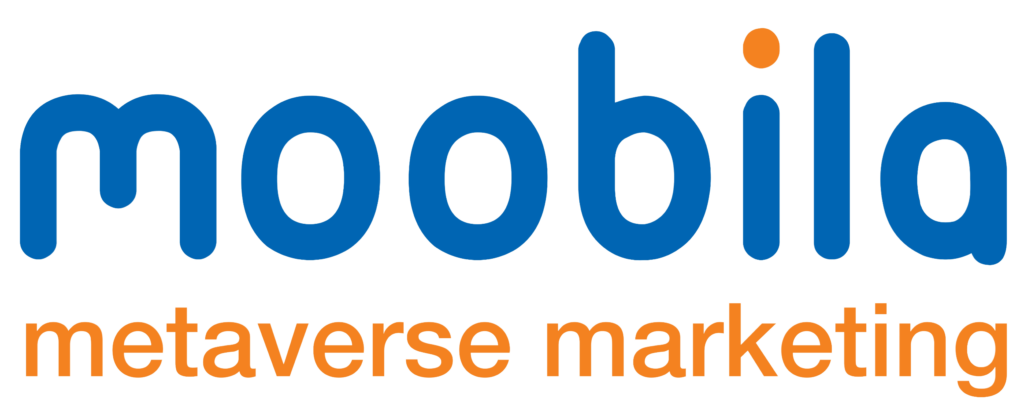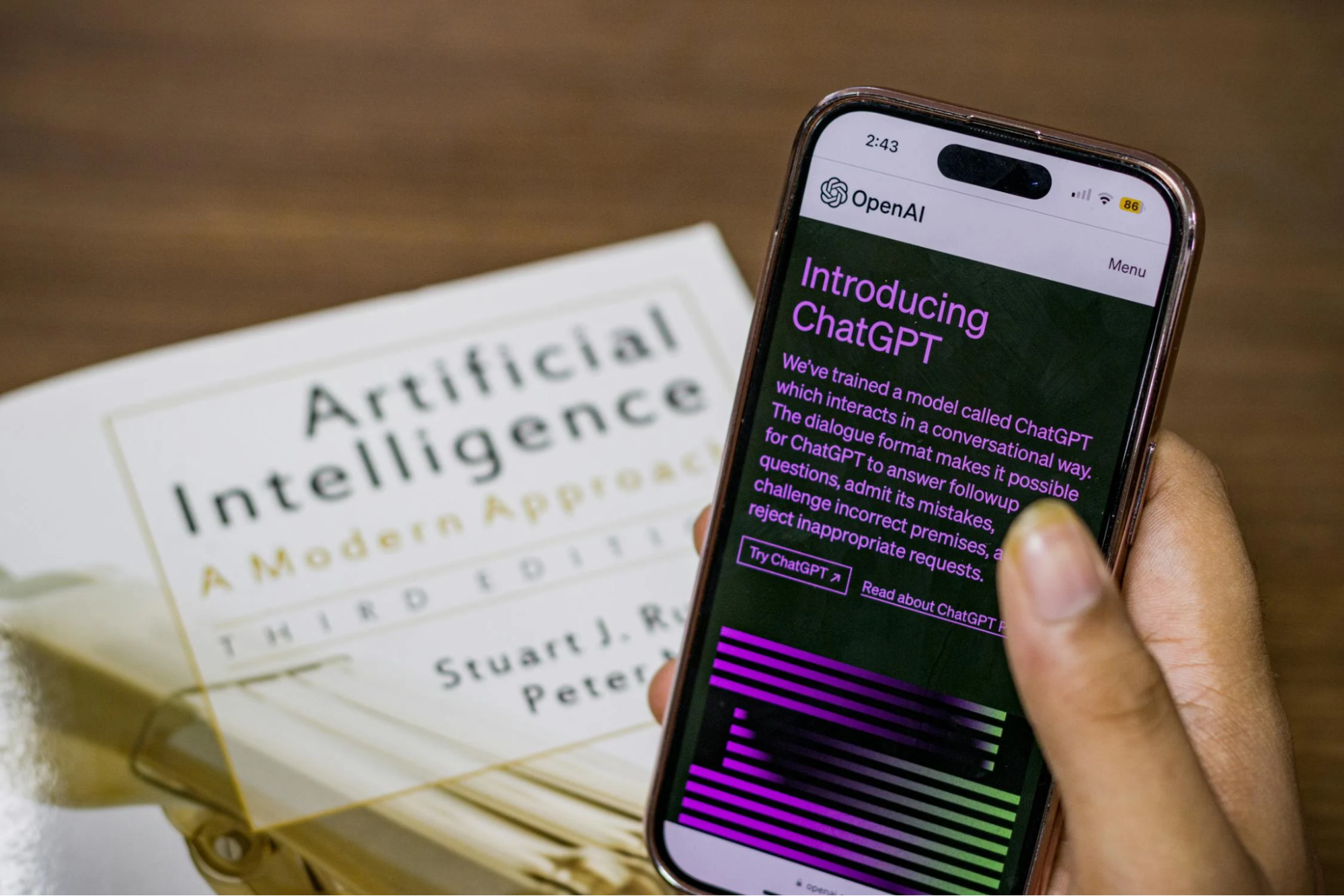As competition rises in contemporary society, the importance of the new possibilities to stay ahead in the market is necessary to use new technologies such as ChatGPT. So, whether you have vast experience in application development or you are only involved in your first project to create an application, the incorporation of ChatGPT can transform your development process. This tool reduces the development cycle and improves users’ experience, decreases the code complexity and increases effectiveness.
This will guide you on step by step basics and useful tips about how to employ ChatGPT in app development. Prepare yourself to boost your productivity, enhance user experience, and develop your app concepts more effectively and quickly.
Understanding ChatGPT and Its Benefits
Before diving into the specifics of building an app with ChatGPT, it’s crucial to understand what ChatGPT is and how it can benefit your development process.
What is ChatGPT?
ChatGPT is an up-to-date language model from the OpenAI family defined as interacting with people and understanding the natural language. It can be applied for coding, text writing, finding mistakes in the code and solving them, and much more. Therefore, by implementing the use of ChatGPT in your app development, you stand to benefit in the following ways:
- Enhance productivity
- Improve user engagement
- Facilitate brainstorming
Why Choose ChatGPT for Your App?
It is possible to explain why creating an application with ChatGPT is a good idea in any process before starting the development. Here are some key benefits:
- Natural language processing NLP: There is no awkwardness in the interaction with other people because ChatGPT comprehends and writes text in a manner similar to how a human does.
- Saves Time and Increases Efficiency: It assists businesses to automate Customer Customer support, content creation, and so on.
- Adaptability and Flexibility: One can custom-make ChatGPT to fit the specific needs of the application and can further expand it depending on the need that may arise.
- Cost-Effective: The use of such chatbots keeps the operational costs low since they help reduce the use of humans in the process.
Now, let’s explore a step-by-step process for building an app with ChatGPT effectively.
Step-by-Step Guide to Building an App with ChatGPT
Step 1: Define Your App Idea
The first step in building an app with ChatGPT is to clearly define your app idea. Consider the following:
- Target Audience: Who will use your app?
- Core Features: What functionalities are essential?
- Unique Selling Proposition (USP): What makes your app stand out?
Tip
Use ChatGPT to brainstorm ideas or refine your concept. You can ask it questions like, “What features should I include in a fitness tracking app?”
Step 2: Create a Wireframe
Once you have a clear idea, the next step is to create a wireframe for your app. A wireframe serves as a blueprint for your application.
Tools to Use
- Figma
- Sketch
- Adobe XD
Tip
You can use ChatGPT to get suggestions on best practices for wireframing or even to describe what elements should be included in each screen.
Step 3: Choose Your Tech Stack
Selecting the right technology stack is crucial for your app’s performance and scalability. Consider:
- Frontend Technologies: React Native, Flutter, or Angular for mobile apps.
- Backend Technologies: Node.js, Django, or Ruby on Rails.
Tip
Ask ChatGPT for recommendations based on your app’s requirements. For example, “What is the best tech stack for a social media app?”
Step 4: Start Coding
With your wireframe and tech stack ready, it’s time to start coding. Here’s where ChatGPT can be incredibly helpful:
- Code Generation: Use ChatGPT to generate boilerplate code or specific functions.
- Debugging Assistance: If you encounter errors, describe them to ChatGPT for potential solutions.
Tip
Keep your queries specific when asking for code snippets. For example, “Can you provide a function in JavaScript that validates an email address?”
Step 5: Integrate APIs
Most apps require integration with various APIs for functionalities like payment processing, social media sharing, or data retrieval.
Tip
Use ChatGPT to help you understand how to integrate specific APIs. You can ask questions like, “How do I integrate Stripe API into my application?”
Step 6: Implement User Testing
User testing is essential to ensure that your app meets user expectations and functions correctly. Gather feedback from real users and make necessary adjustments.
Tip
ChatGPT can help you create user surveys or feedback forms. Ask it how to phrase questions effectively.
Step 7: Launch Your App
Once testing is complete and you’ve made necessary adjustments, it’s time to launch your app. Make sure you have a marketing strategy in place to promote your app effectively.
Tip
Leverage ChatGPT to draft marketing copy or social media posts announcing your launch.
Step 8: Monitor and Iterate
After launching your app, continuously monitor its performance using analytics tools. Gather user feedback and be prepared to iterate on features based on user needs.
Tip
You can use ChatGPT to analyze user feedback and suggest improvements or new features based on trends.
Key Steps in Building an App with ChatGPT
| Step | Description | How ChatGPT Helps |
| Define Your App Idea | Identify target audience and core features | Brainstorming ideas and refining concepts |
| Create a Wireframe | Design the layout of your application | Best practices suggestions |
| Choose Your Tech Stack | Select appropriate technologies | Recommendations based on requirements |
| Start Coding | Write code for your application | Code generation and debugging assistance |
| Integrate APIs | Connect external services for added functionality | Guidance on API integration |
| Implement User Testing | Gather feedback from users | Creating surveys and feedback forms |
| Launch Your App | Release the application to users | Drafting marketing copy |
| Monitor and Iterate | Analyze performance and make improvements | Analyzing feedback trends |
In a Nutshell
Building an app with ChatGPT means that there are far more opportunities to explore in terms of creating an application and enhancing the development process. Since this guide has broken the process into sequential steps and given the appropriate use of AI capabilities, adherence to the process will ease development processes and, in turn, improve the users’ experiences to make applications successful.
When new technologies emerge, incorporating Chat GPT in the current development tools set will not only be smart for increasing efficiency but also for miles of breaking through barriers in the creation of your application. The blending of art and AI is possible – and this is a good mix that your next business breakthrough can come out of this discussion.
To learn more about the topic of how to apply AI in development, please refer to Moobila.



